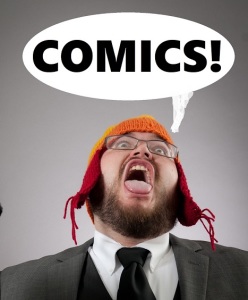
IDEAS & COLLABORATION
Hey GUARDians! Have I mentioned the comic book I made? No? Really? Not even a single week-long blitz of plugs to break you down into buying it? Man, I must be slipping… Why do I bring it up? Because I want you to try and write and make your own comic book! I believe you can do it! All it takes is some imagination, communication, and determination. In this series of articles, I will focus on the creation of comics from my perspective: The Writer.
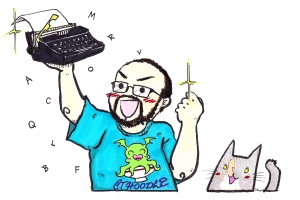
And then I will go into publishing and other helpful blasts of info. I will go over making the idea, finding an artist, writing, waiting, publishing, and then trying to get eyes to pages.
My comic book is called The Shrouded City, and I’m actually almost done with the third issue as of this article. But how would one even get a FIRST issue of their own comic started, let alone to a third issue? I’m glad you asked!
There are two different routes to making a comic book. One route is to just write the script and then find an artist. Another route is to find an artist and collaborate with them. The first route is fine, in fact I will go over that in a different article, but the second route is my favorite. I love collaboration with creative people. In this case, I was lucky enough to be friends with an incredible artist named Amy Watson.
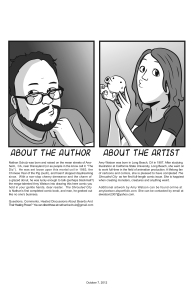
Amy can draw. Like, crazy good.
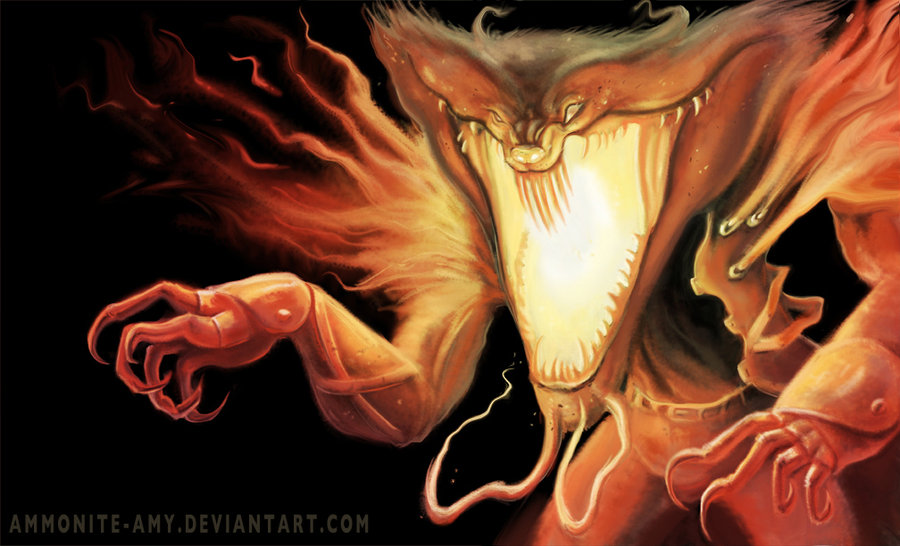
So before I even got page one written…
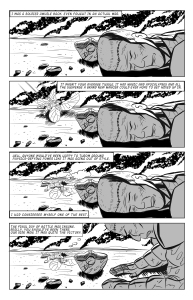
I pitched Amy some ideas for stories that she might enjoy drawing. Each artist has preferences for things that they like to draw. Some like to draw robots. Some like to draw people. Amy likes to draw… MONSTERS.
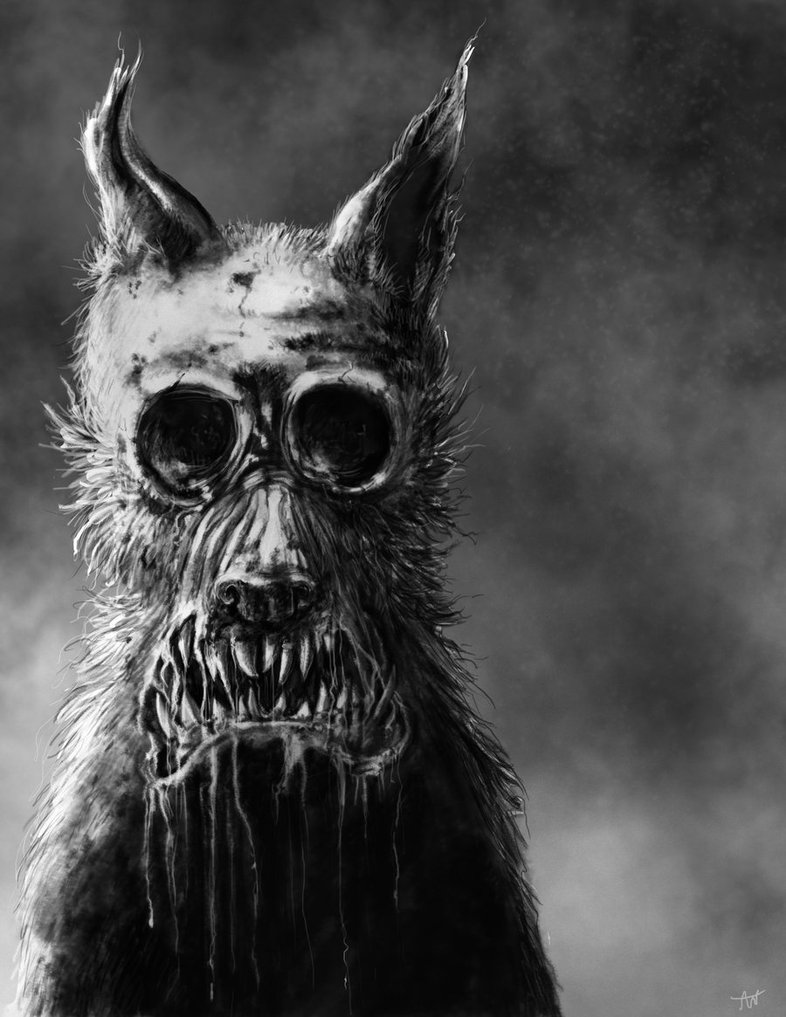
So what was something that I could enjoy writing, and she could enjoy drawing? From that midpoint, we came up with an urban fantasy story. That way I could write the dialogue and situations that I wanted, but with creatures and action so Amy wouldn’t be bored.
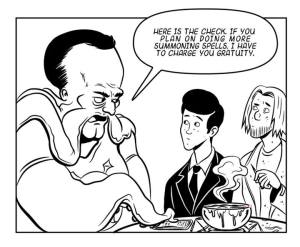
But how would one find an artist of Amy’s caliber without having the dumb luck to already be friends with them? Try DeviantArt, for starters, which also has more example of Amy’s art on it. There are many artists of all stages and skill. From the newbies just getting started and hungry for practice. Then there’s the artists in the midst of school, who are much more polished and would like to add more art to their portfolio. And then there are the professionals, who are looking for work or side gigs.
Every one of these artists have a right to ask for payment, because let’s face it: comic books are 60% a visual medium of storytelling. Writing is very important of course, but more often than not, its the art that will get a new reader to pick up the comic in the first place. So show respect to every artist you talk to, because you will be working with this person for months, if not years. Show enthusiasm, because if you love the story you’re telling, chances are your energy could be the push that makes the artist actually want to draw it.
Perhaps you have little to no money to pay the artist? Work that out with them. Some will do it for experience and maybe a chance for payment down the line. If some artists have a set payment for services rendered, then respect that. Pay if you can, but don’t get angry if you can’t. You never know what deal you can make with an artist.
But make sure you’re honest, because if you screw over one artist, all they have to do is let a few of their artist friends know that you can’t be trusted, and to spread the word. Before you know it, you will be back to having to draw your own comic book, and may Crom have mercy on you.
Once you find an artist, hold on to them, treat them right, and BE PATIENT. They are making the crazy visuals in your brain come to life. That is magical. That is beautiful. And that is time consuming. Always show enthusiam for the work though, that way the artist knows you’re exicited and engaged. (Though I’m sure what I thought was enthusiasm and interest was a nearly infinite barrage of harrasment to Amy. In that case… I’M SORRY!)
And for the last bit of advice for Part 01… COMMUNICATE. Make sure you’re being as clear as you can be about the project and details. Don’t micromanage, but always make sure you have some kind of vision or idea. At least on the points that matter.
Okay, that was the first part of “So You Wanna Make a Comic Book?” Stick around till next Friday when I continue on to how to write the damn thing!

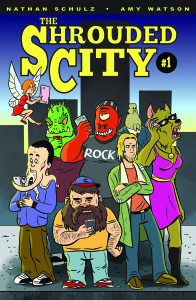
Comments